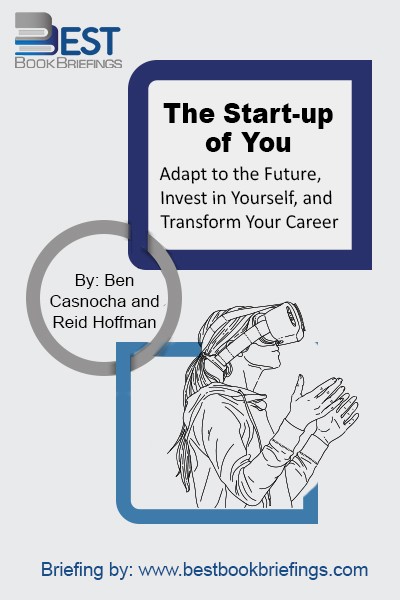The Startup Owner’s Manual
The Step-by-Step Guide for Building a Great Company
Editorial Review
In the last quarter of the 20th century, startups thought they knew the correct path for the startup journey. They adopted a methodology for product development, launch, and life-cycle management almost identical to the processes taught in business schools for use in large companies. Yet at the end of the day, even with all these processes, the embarrassing fact is that in companies large and small, established corporate giants as well as new startups, more than nine of 10 new products fail. It’s true in every product category — high-tech or low, online or off, consumer or business — well-funded or not. We now know what the problem is. Startups have been using tools appropriate for executing a known business. But startups are all about unknowns. To find the path to build a winning startup, entrepreneurs must try a new way
Book Reviews
Books on Related Topics
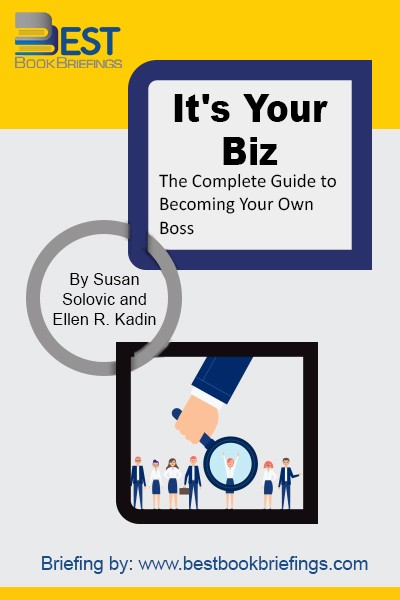
The recent economic recession has wrought millions of unemployed workers, an unprecedented number of home foreclosures, countless major retail brands boarded up for good, a rash of business and personal bankruptcies, and an unstable financial market. Even as the economy rebounds, there simply won’t be enough jobs available to absorb all

The purpose of The Sticking Point Solution is to help entrepreneurs and executives recognize the ways in which their businesses may be stuck, and to then give them tools for getting unstuck and enjoying exponential growth. To achieve this, Jay will help you to identify the nine “sticking points” that keep
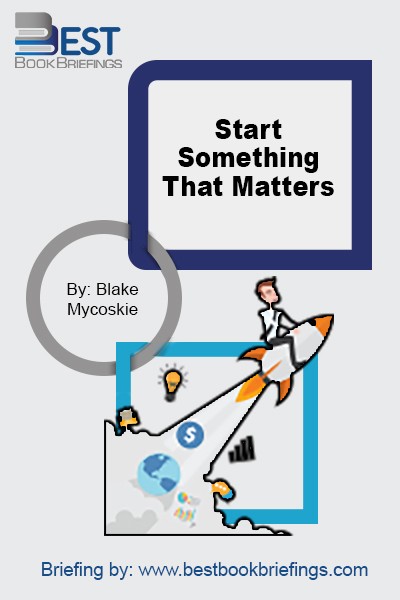
Increasingly, the quest for success is not the same as the quest for status and money. The definition has broadened to include contributing something to the world and living and working on one’s own terms. In this book, you will find some of the counterintuitive principles that have helped TOMS grow
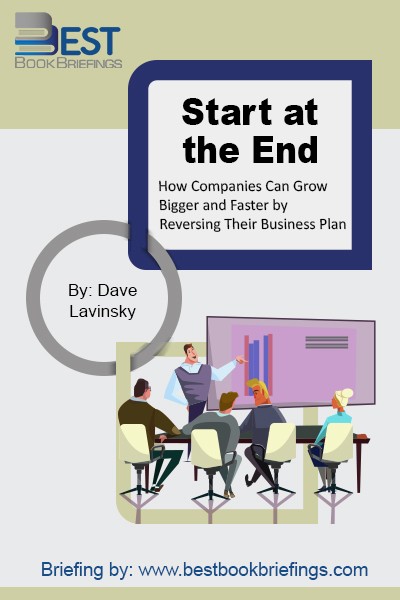
Business owners, and their teams, often lose their way in the midst of the day-to-day stress of generating sales and profits. Suddenly, everyone becomes so focused on short-term goals that the entire organization loses sight of the long-term vision. The solution is to start at the end. When you know where

You have the idea of a lifetime and yet you do not know where and how to begin. It is a dilemma shared by entrepreneurs everywhere. So, what does it take to turn a great idea into action? The best reason to start an organization is to make meaning. Meaning is not

Family businesses are the backbone of the economy of just about every country on earth, and the wealth of nations depends on them. Many, even most of the major corporations on the planet had family business origins. Understanding family business can unlock one of the greatest and most illusive challenges in

Having a mixed culture with a mixed education, Carlos Ghosn was able to lead Nissan to the next success. Traveling from Lebanon to Brazil, then Paris and America curved his methodology and his way of thinking in a way that enables him to turn a losing company to be one of

The great secret of our time is that there are still uncharted frontiers to explore and new inventions to create. In Zero to One , legendary entrepreneur and investor Peter Thiel shows how we can find singular ways to create those new things. Doing what someone else already knows how to do takes

Built to Last has influenced many executives and entrepreneurs since it was originally published in 1994. It outlines the results of a six-year research project into what makes enduringly great companies. Filled with hundreds of specific examples and organized into a coherent framework that can be applied by managers and entrepreneurs

66 percent of Americans hate their jobs. Somewhere along the road to adulthood, they pushed their dreams to the side. They had to pay bills, and they feared taking the risks. If you’re one of those people, and you’re tired of being that person, this book is for you. It’s a

This unique guide features the startup stories of regular people launching side businesses that almost anyone can do: an urban tour guide, an artist inspired by maps, a travel site founder, an ice pop maker, a confetti photographer, a group of friends who sell hammocks to support local economies, and many
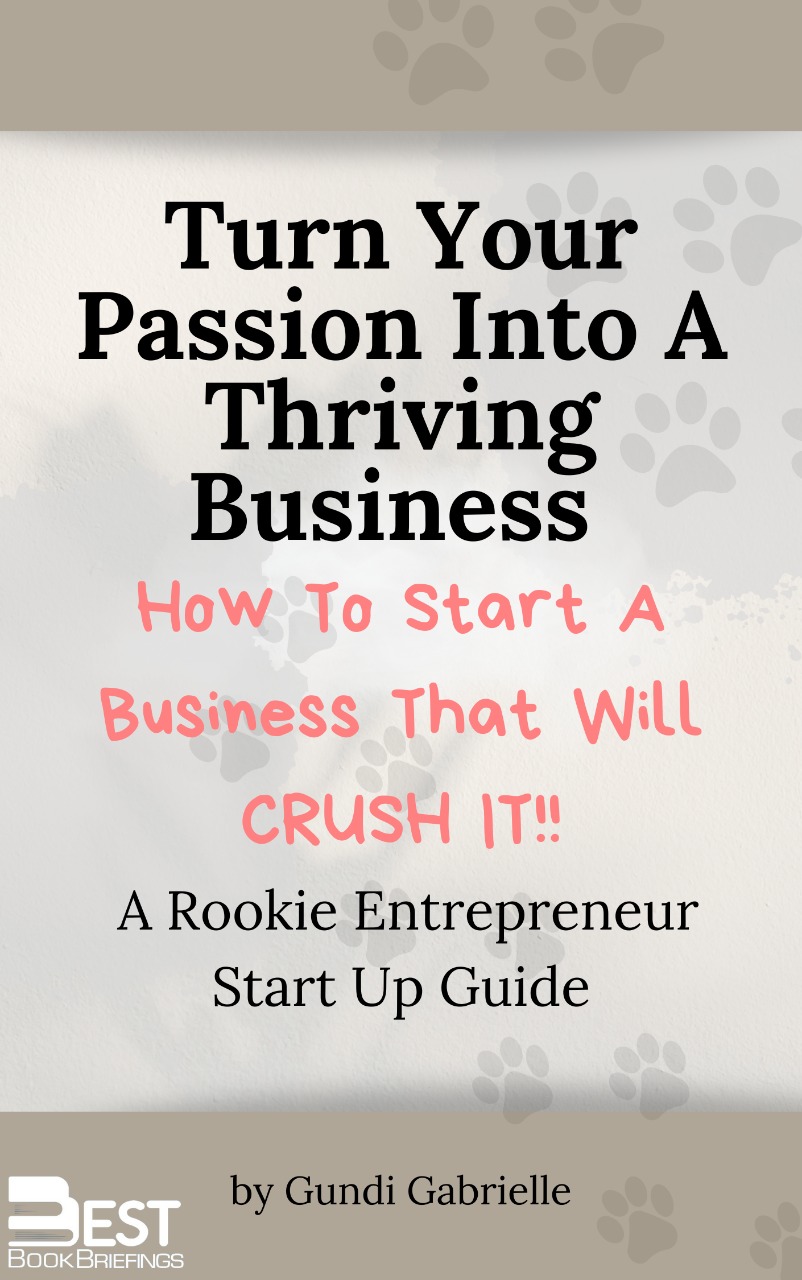
How can you turn a passion into a thriving business? By growing a following of people who are passionate about the same thing as you and providing them with regular expert content and help related to your passion. Once you do, you can easily monetize that following—through books, courses, coaching, consulting,

